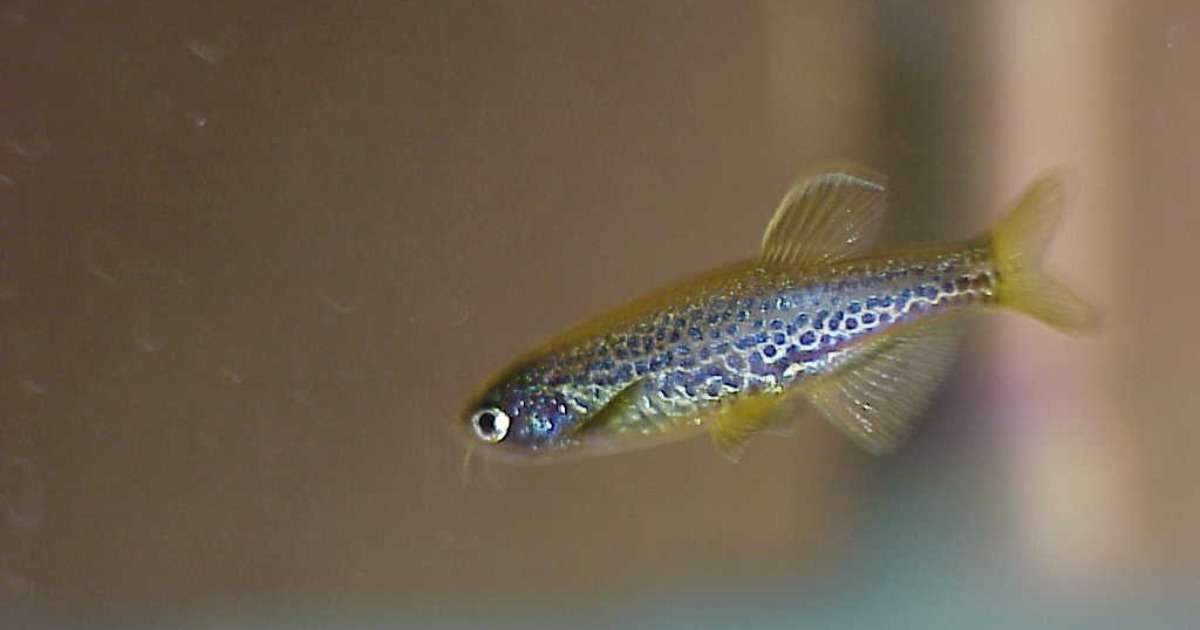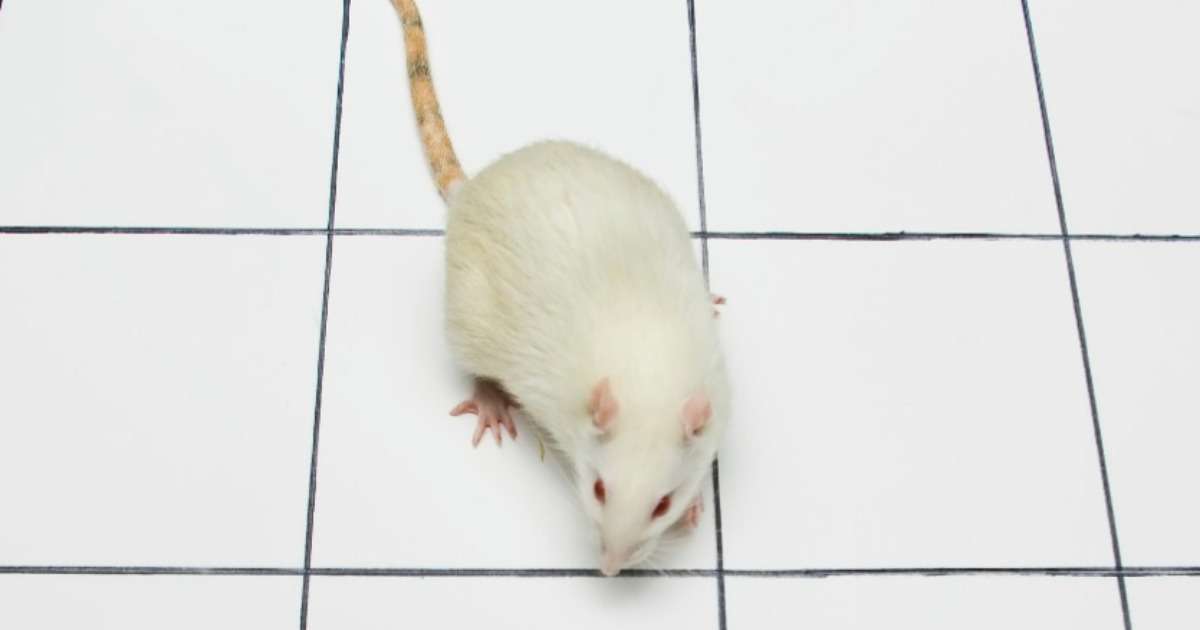
Time based relations in gait analysis
I have written two blog posts about static gait parameters. Now it’s time to talk about all four paws, and the time based relationships between them. If you ask me, we’ve been saving the best blog post for last!

Going the distance - and why it matters in gait analysis
A footprint, that is. With CatWalk XT, you can extract a lot of information from just one footprint. In this post, I am taking it a step further by talking about the relationship between prints.

What a print can tell
So what can one footprint tell you? Well, it could tell you a lot. Simply putting the paw in ink and studying the print left behind is one way to go about it, but there are far more sophisticated ways of footprint analysis.

What we can learn from zebrafish in a T-maze
Scrolling through our recent blogs, you can tell how important zebrafish have become in behavioral research. So we thought it was time to tell you a little more about some popular paradigms. Starting with the T-maze.

Horse training methods: The importance of behavioral analysis
In equitation sciences, there are at least two training strategies: the ‘natural’ way of horsemanship that allows the horse to evaluate action and reaction and horsemanship that is based on ‘overruling’ of the animal.

What gait can tell: 3 blogs that will help you understand
The usefulness of gait is well established in research on spinal cord injury, ataxia, and arthritis. But in fact, research on all disorders that influence gait in any way, can benefit from gait and footfall analysis.

Brain waves and behavior: sleep to learn
To find out more about human and animal learning and memory, we might just have to go to sleep. Ahem – research on sleep, I mean.

How to find an animal model for obsessive-compulsive disorder (OCD)
We all show some form of compulsive behavior. I triple check to make sure I locked my car, knowing that it’s locked but still feeling the need. But what if compulsions, rituals, and repetition rule your everyday live?

Can a food preservative increase symptoms of autism?
Autism spectrum disorder (ASD) has a strong genetic component – a well-known fact. However, recent studies suggest that environmental factors, such as dietary ingredients, can cause exacerbation of the symptoms.

Walking in circles - the exploratory activity of Drosophila
Like rats and mice, fruit flies avoid open spaces and stay close to physical borders. In rats and mice this is caused by fear to be out in the open and preference for close contact with borders.
